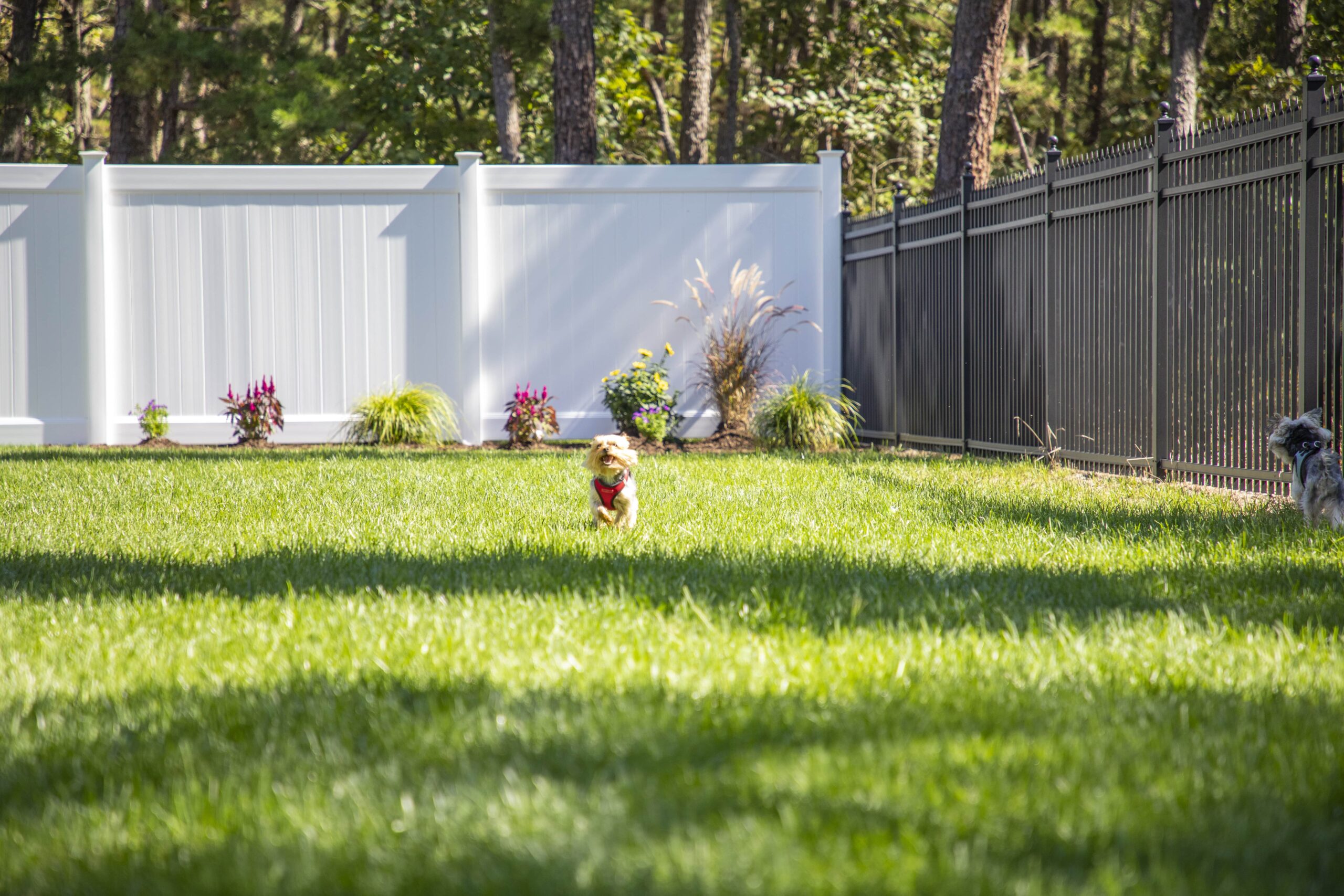Featured

When taking into consideration setting up a fencing on your building, one of the most vital actions is to understand whether you need an authorization. The details licenses called for can vary depending on your location, the type of fencing you intend to set up, and the elevation or positioning of the fencing.
Why You Need a Permit for a Fence Setup. The license process aids local authorities validate that your fencing does not interfere with website traffic presence, regard your building lines, or go against elevation constraints. Setting up a fencing without an authorization can result in penalties, removal of the fencing, or hold-ups in building, so it's vital to inspect whether a permit is called for before starting your task.
Sorts Of Licenses You May Require. There are a couple of common sorts of licenses you might need for a fencing setup:
Structure Authorization. A structure license is one of the most usual license required for fencing installments. This permit makes certain that the fencing fulfills safety requirements and is constructed according to local building regulations. A building license is normally needed if the fence surpasses a particular elevation (typically 6 feet), is constructed from certain products, or lies near a public sidewalk or road.
Zoning Authorization. A zoning authorization might be called for to confirm that your fencing adheres to regional zoning laws. Zoning regulations can dictate where a fence can be put on your building, how high it can be, and whether it is permitted in specific locations (such as along residential property lines or ahead lawns) Some municipalities have policies limiting the elevation of fences in the front lawn to make certain visibility for pedestrians and vehicle drivers.

Trouble Permit. If you are building a fencing near your building line or near to a road, you may need a problem authorization. An obstacle refers to the distance a structure, including fences, have to be from the residential or commercial property line. Setback laws vary by place, and making certain that your fencing is put correctly can protect against conflicts with next-door neighbors and stay clear of infractions.
Home Owner Organization (HOA) Authorization. If you live in a community regulated by a Property owner's Association (HOA), you might require approval from them in enhancement to neighborhood licenses. HOA rules typically cover the kind of products, height, design, and color of fencings. Even if your neighborhood federal government doesn't call for a permit, your HOA might still have details guidelines that need to be followed.
Just How to Obtain a Fence Authorization. To make an application for a fence license, you'll need to contact your neighborhood structure department or planning workplace. The application procedure generally entails filling in a type, paying a cost, and submitting a site plan of your residential property that reveals the proposed place of the fencing. You might likewise need to consist of information concerning the materials, height, and layout of the fence.
In some situations, a regional authorities may need to check your residential property before accepting the license. When the permit is given, you will certainly be authorized to continue with your fence installment.
When Is a License Not Needed? In certain circumstances, a license might not be needed. These situations can consist of:
Reduced Elevation Fences: In several locations, fences that are listed below a certain height (typically 3 to 4 feet) might not need an authorization, particularly if they are placed in the backyard or various other non-visible areas.
Fencing Replacement: If you're replacing an existing fencing with the very same elevation and product, some areas might not require a new license.
Non-Obtrusive Fencings: Ornamental or short-lived fencings, such as those utilized for horticulture or landscaping objectives, might not need licenses as long as they are low and not permanent.
However, it is essential to get in touch with your regional zoning workplace or structure division, as regulations can differ by territory.
Consequences of Not Obtaining an Authorization. Stopping working to obtain the necessary licenses can lead to significant repercussions. These include penalties, required removal of the fencing, or perhaps delays in building. Furthermore, if your fence does not satisfy regional guidelines, you might face legal concerns with next-door neighbors or neighborhood authorities.

Verdict. When setting up a fencing, it's essential to look into the permit requirements in your location. By making sure that you comply with neighborhood laws and get the needed licenses, you can ensure and stay clear of costly mistakes that your fencing is lawfully compliant. Examine with your local building division, HOA, and zoning office to identify what licenses are required for your particular fencing task. This action is important to shield both your investment and your home's value.
Latest Posts
Add Convenience and Personality to Your Home with Location Rugs
Published Apr 21, 25
1 min read
Comprehensive Defense for Your Satisfaction
Published Apr 21, 25
1 min read
Financial Security for Every Stage of Life
Published Apr 21, 25
1 min read